The Future of AI in Architecture
By WATG
November 6, 2025
The Key Takeaways Summary
Discover how AI is revolutionizing architecture by acting as a creative partner to designers. Learn from WATG experts about using AI for design iteration, the power of proprietary data, and why the future of architecture will be curated by human experts using intelligent tools.
Key takeaways:
- AI as a Creative Partner: AI tools are enhancing, not replacing, designers by acting as “architectural assistants” that accelerate creativity and automate complex tasks.
- The Designer as Curator: Human expertise is more critical than ever to guide AI, provide quality input, and curate the best creative solutions from the generated options.
- Bespoke Intelligence: The true power of AI is unlocked by training it on proprietary, company-specific project data to provide clients with unique, data-driven insights.
- The Future of Buildings: AI, paired with technologies like 3D printing, will enable greater efficiency and ornamentation, leading to a visible change in the aesthetic of future architecture.
Listen to the full conversation:
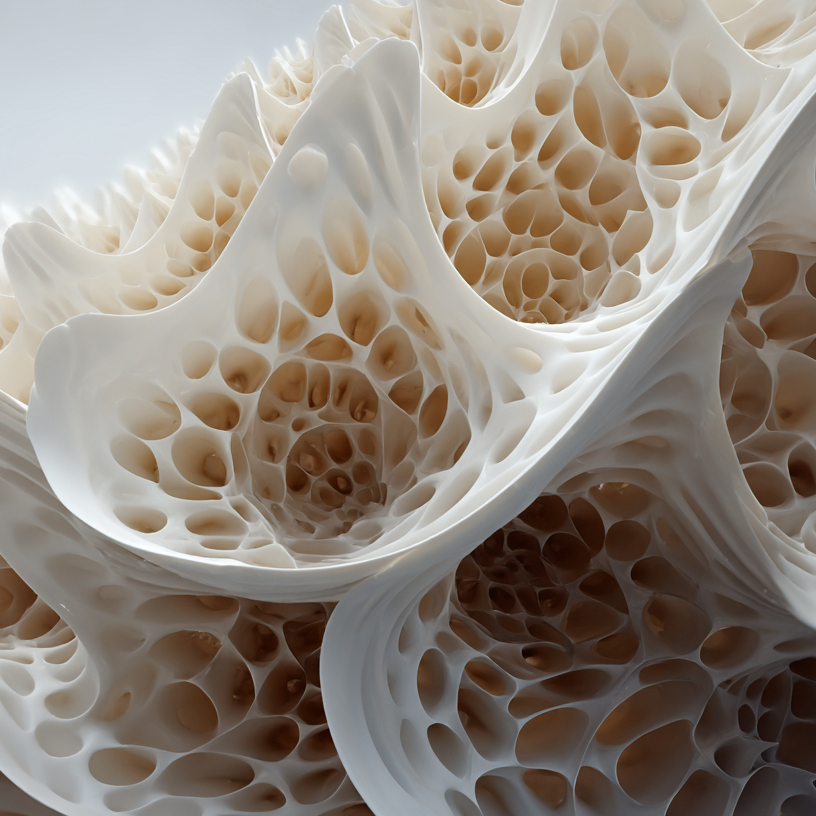
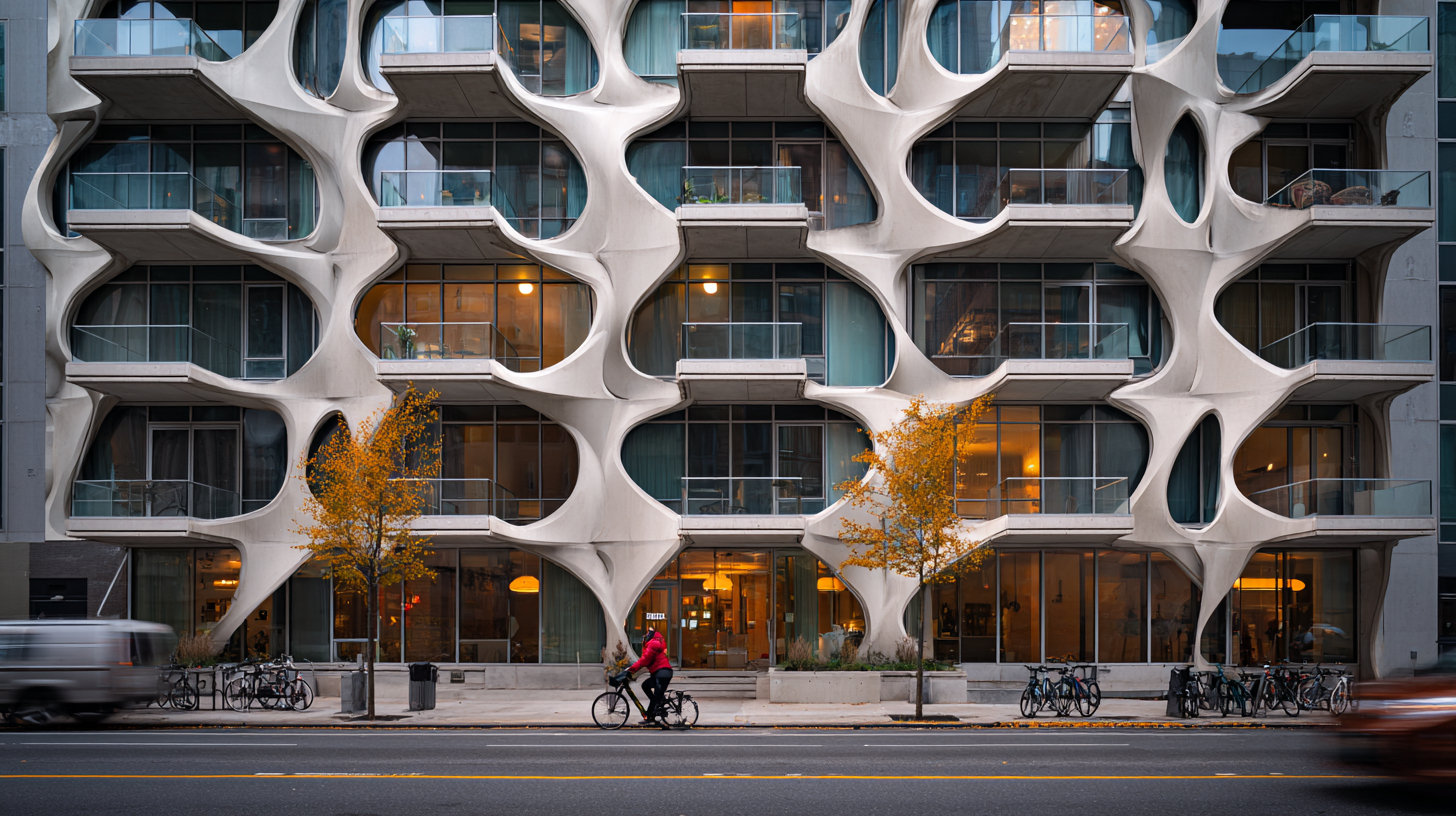
AI as Creative Partner
The rise of artificial intelligence has sparked conversations in every industry, and architecture is no exception. AI and computational design are already powerful tools in the hands of our designers, accelerating creativity and unlocking new possibilities.
To explore the real-world impact of these technologies, we sat down with two of our leaders in the field: Danny Caven, Global Computational Design Lead, and Max Bolton, Regional Computational and Digital Lead for our London office. They discussed how AI is not replacing the designer, but acting as a powerful creative partner, how WATG is building its own data-driven future, and why a culture of experimentation is key to innovation.
The New Digital Toolkit
Tools like Grasshopper, Dynamo, and AI-powered platforms are integral to our designers’ daily workflow. They are used for automation and exploration of complex geometries and to rapidly iterate on design concepts.
“How I’m engaged with technology day-to-day is primarily with Grasshopper, writing different scripts for different facades or developing different building massings,” explains Danny. “And then with the influx of AI coming through, using it for renderings and also getting design iterations out… it’s almost like our little architectural assistant.”
This acceleration of the early design phase is a critical advantage. As Max notes, the initial impact has been profound, especially in visualization. “One of the biggest and most obvious shifts has been with image generation. We can actually now go out and begin to create imagery that really is bespoke and tailored towards the type of projects we work on and the clients we’re working for, rather than having to rely on Google search.”
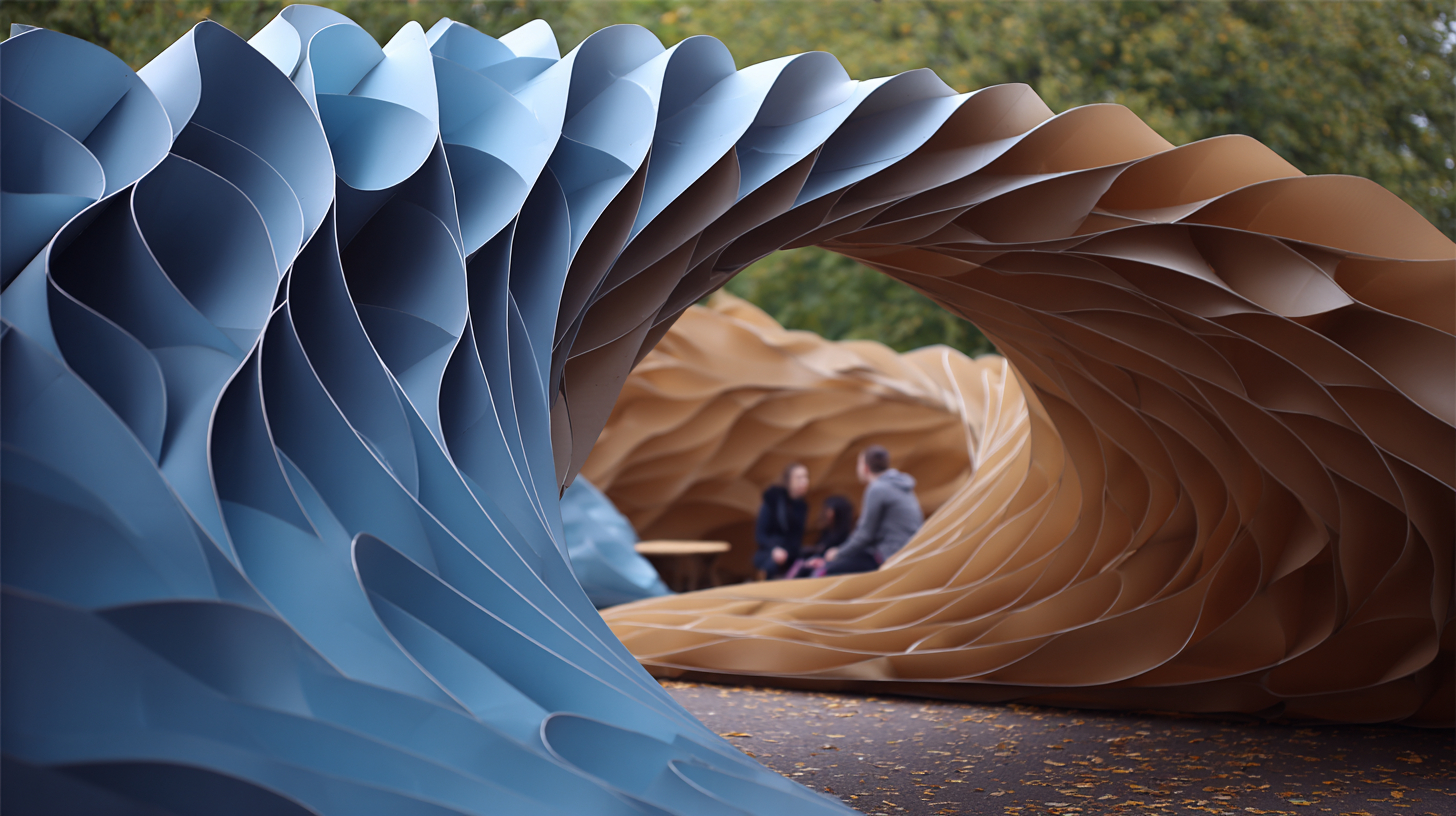

Building Bespoke Intelligence
While publicly available AI models are impressive, their generalized nature has limitations. The true potential is unlocked by combining these technologies with specialized, proprietary data. This is where WATG is strategically investing in its future.
“Having specific data that is intrinsically WATG’s means that we can now begin to actually customize the solutions that we’re providing,” Max explains. “As we build out our own data platform, the insights that we derive are specific towards WATG projects… better insights for clients that are based on past projects we’ve done, things that we know are successful.”
This data-driven approach allows our teams to advise clients with greater confidence, drawing on decades of project history to inform everything from area programming to cost estimation.
Drawing on decades of project history to inform everything from area programming to cost estimation
Curation Over Creation
A common fear is that AI in architecture will make creative roles obsolete. Both Max and Danny argue the opposite is true: the designer’s expertise is more crucial than ever. The quality of the output is entirely dependent on the quality of the input.
“They’re only as good as what you tell them to do,” states Max. “You still need to be a creative person if you want creative solutions… being able to address this problem with a background already in the creative sector means that actually what we’re getting out is far more focused.”
Danny agrees, drawing a parallel to learning other complex software. “It’s almost like if you don’t know Rhino, it’s going to be really hard to learn Grasshopper. Going into ChatGPT or whatever LLM to create a Python script, you still have to have the background knowledge to fix the script if it’s not working.”
In this new workflow, the designer acts as a curator, using their expertise to guide the AI, filter the results, and steer the project toward a specific creative vision.
The Future of AI in Architecture
So, will AI change what our buildings look like? The answer is a definitive yes. The integration of AI with advanced fabrication methods like 3D printing could herald a new era of architectural expression and efficiency.
“Having organic ornamentation wouldn’t even surprise me in the future coming on to buildings again. We’re literally making AI models in the real world through 3D printing. Bringing that technology into the construction world even more, I think the buildings are going to change,” says Danny.
Max sees a parallel impact on the engineering side. “We’ll see optimizations in structure or… the layout of your MEP and your HVAC systems, which give us as designers more freedom to experiment,” he says. “I will be intrigued to see how this influence will filter down into the type of products we’re going to see in the future.”
Leveraging these powerful tools requires a culture that embraces curiosity and exploration.
An Innovative Culture
Ultimately, leveraging these powerful tools requires a culture that embraces curiosity and exploration.
“WATG really does encourage experimentation,” Danny confirms. “They allow us to experiment with AI and all these different building technology systems… having fun and playing around, we’re able to come up with new workflows, create new ideas, and allow that kind of creativity muscle to really flourish.”
It is this forward-thinking mindset, combined with strategic investment in our people and platforms, that ensures WATG will not just adapt to the future, but will continue to lead in designing it.
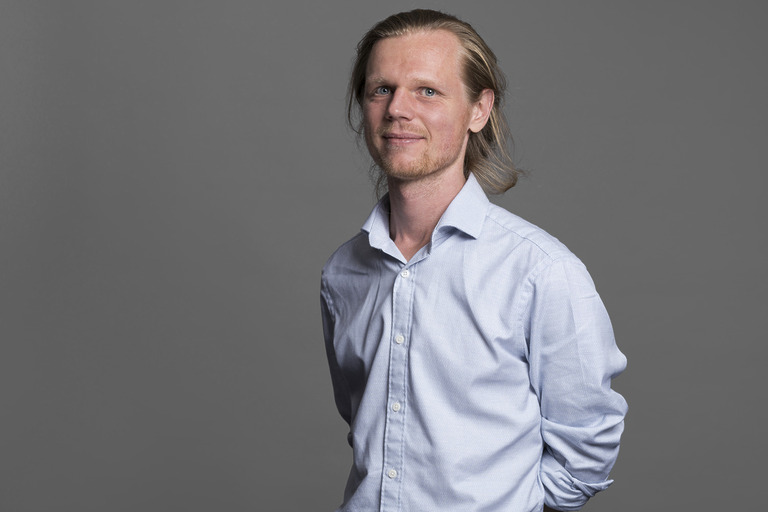
Max Bolton
Max is Regional Computational and Digital Lead for our London office. As a design innovator, he blends architecture and technology to elevate how WATG imagines and delivers hospitality experiences. Max combines curiosity and technical fluency to bridge the physical and digital, helping teams design smarter, more sustainable, and more inspiring places.

Max Bolton
Max is Regional Computational and Digital Lead for our London office. As a design innovator, he blends architecture and technology to elevate how WATG imagines and delivers hospitality experiences. Max combines curiosity and technical fluency to bridge the physical and digital, helping teams design smarter, more sustainable, and more inspiring places.

Danny Caven
Danny is Global Computational Design Lead, with a background that bridges architecture and emerging technology, he develops tools and workflows that make complex ideas more efficient, accurate, and expressive. Danny’s work empowers teams to design with greater insight and precision, transforming data into design intelligence and shaping the next evolution of digital craft.
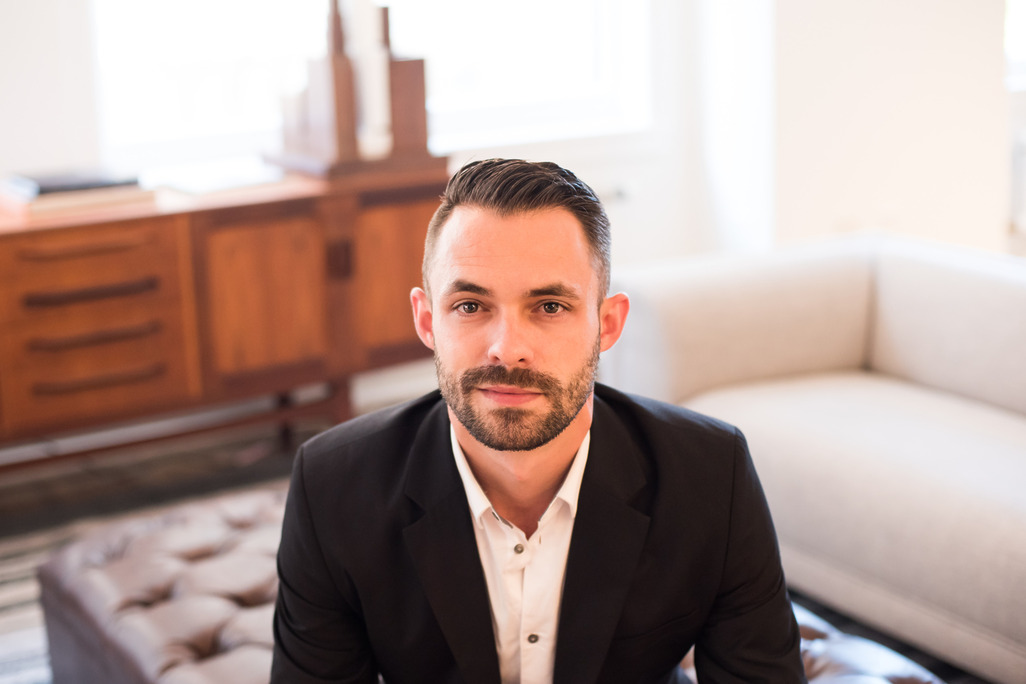
Danny Caven
Danny is Global Computational Design Lead, with a background that bridges architecture and emerging technology, he develops tools and workflows that make complex ideas more efficient, accurate, and expressive. Danny’s work empowers teams to design with greater insight and precision, transforming data into design intelligence and shaping the next evolution of digital craft.
Sorry, no results found.
Latest Insights
Perspectives, trends, news.
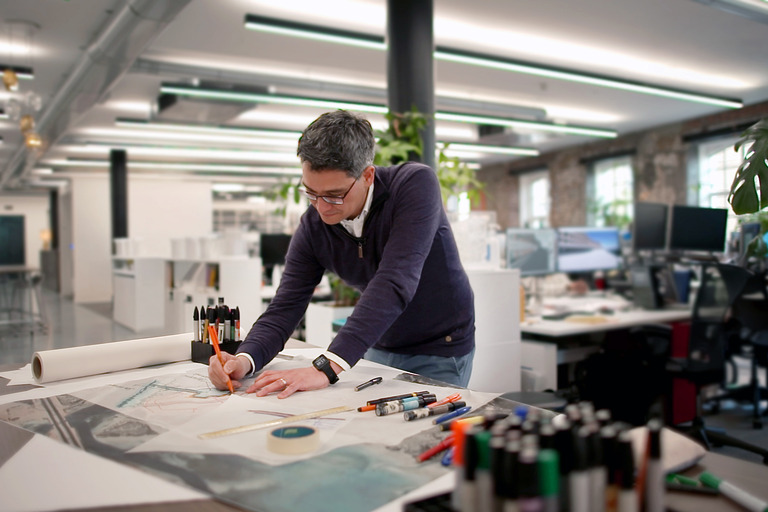
- Employee Feature
Designing for Joy, Purpose and Belonging
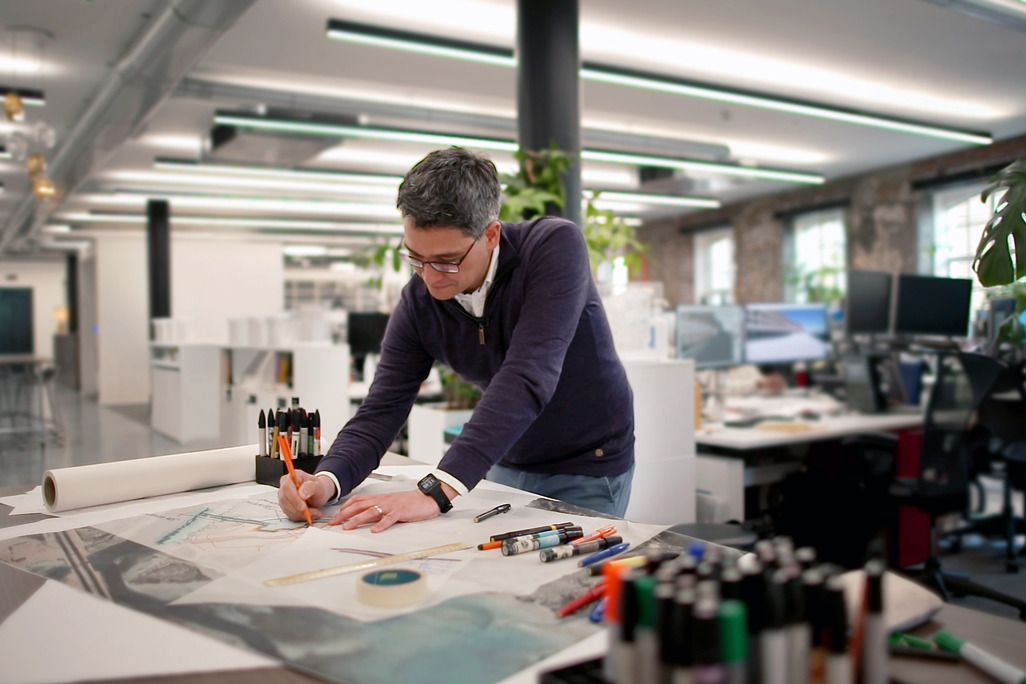
- Employee Feature
Designing for Joy, Purpose and Belonging

- Strategy & Research
Hospitality Trends 2026 by WATG Advisory

- Strategy & Research
Hospitality Trends 2026 by WATG Advisory

- Strategy & Research
Design to Perform: Aligning Creativity with Commercial Goals

- Strategy & Research
Design to Perform: Aligning Creativity with Commercial Goals

- White Paper
The Future of Group Travel: Insights from WATG Research’s 2025 Sentiment Survey

- White Paper